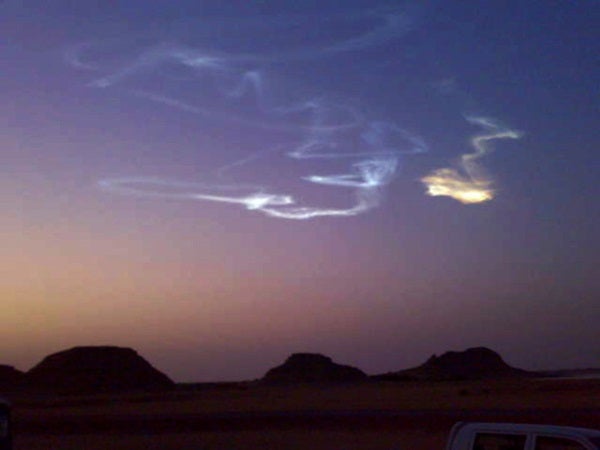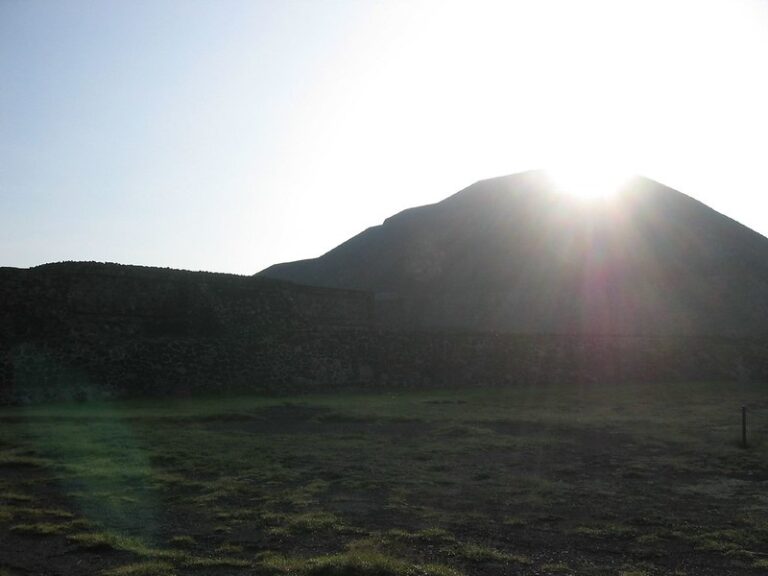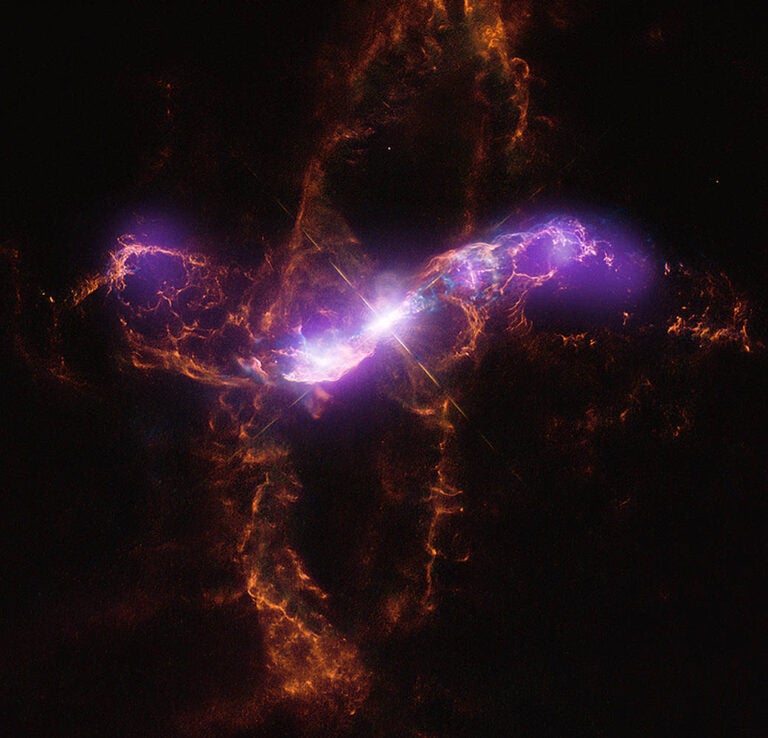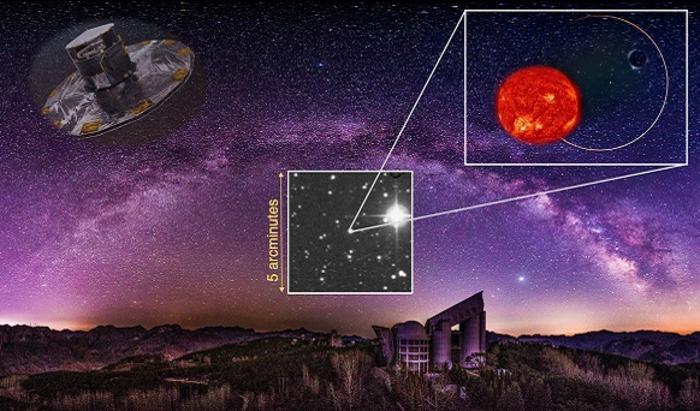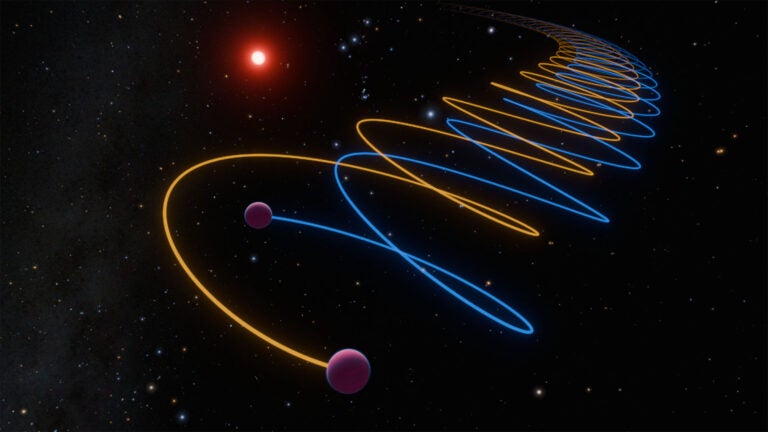Fortunately, it wasn’t large enough to require intervention by Bruce Willis, but asteroid 2008 TC3 is the first space rock to have been spotted before it crashed to Earth. It streaked into the skies over northern Sudan in the early morning of October 7, 2008, and then exploded 23 miles (37 kilometers) above the Nubian Desert, before the atmosphere could slow it. It was believed that the asteroid had fully disintegrated into dust.
Peter Jenniskens, a meteor astronomer with the SETI Institute – Carl Sagan Center in Mountain View, California, thought otherwise. After collaborating with Mauwia Shaddad of the Physics Department and Faculty of Sciences of the University of Khartoum, he traveled to Sudan. The two researchers, together with students and staff from the university, collected nearly 280 pieces of the asteroid, strewn over 18 miles (29 kilometers) of the Nubian Desert. Never before had meteorites been collected from such a high-altitude explosion. As it turns out, the assembled remnants are unlike anything in our meteorite collections, and it may be an important clue in unraveling the early history of the solar system.
“This was an extraordinary opportunity to bring into the lab actual pieces of an asteroid we had seen in space,” said Jenniskens.
Detected by Arizona’s Catalina Sky Survey telescope October 6, 2008, the truck-sized asteroid abruptly ended its 4.5-billion-year solar-system odyssey only 20 hours after discovery, when it broke apart in the African skies. The incoming asteroid was tracked by several groups of astronomers, including a team at the La Palma Observatory in the Canary Islands that was able to measure sunlight reflected by the object.
Studying the reflected sunlight gives clues to the minerals at the surface of these objects. Astronomers group asteroids into classes and attempt to assign meteorite types to each class. But their ability to do this is often frustrated by layers of dust on the asteroid surfaces that scatter light in unpredictable ways.
Jenniskens teamed up with planetary spectroscopist Janice Bishop of the SETI Institute to measure the reflection properties of the meteorite. They discovered that both the asteroid and its meteoritic remains reflected light in much the same way – similar to the known behavior of F-class asteroids.
“F-class asteroids were long a mystery,” Bishop said. “Astronomers have measured their unique spectral properties with telescopes, but prior to 2008 TC3 there was no corresponding meteorite class, no rocks we could look at in the lab.”
The good correspondence between telescopic and laboratory measurements for 2008 TC3 suggests that small asteroids don’t have the troublesome dust layers and may be more suitable objects for establishing the link between asteroid type and meteorite properties. That would allow us to characterize asteroids from afar.
Rocco Mancinelli, a microbial ecologist at the SETI Institute – Carl Sagan Center, and a member of the research team, said “2008 TC3 could serve as a Rosetta Stone, providing us with essential clues to the processes that built Earth and its planetary siblings.”
In the dim past, as the solar system was taking shape, small dust particles stuck together to form larger bodies, a process of accumulation that eventually produced the asteroids. Some of these bodies collided so violently that they melted throughout.
2008 TC3 turns out to be an intermediate case, having been only partially melted. The resulting material produced what’s called a polymict ureilite meteorite. The meteorites from 2008 TC3, now called “Almahata Sitta,” are anomalous ureilites -dark, porous, and rich in highly cooked carbon. This new material may serve to rule out many theories about the origin of ureilites.
In addition, knowing the nature of F-class asteroids could conceivably pay off in protecting Earth from dangerous impactors. The explosion of 2008 TC3 at high altitude indicates that it was of highly fragile construction. Its estimated mass was about 80 tons, of which only about 11 pounds (5 kilograms) has been recovered on the ground. If at some future time we discover an F-class asteroid that’s several kilometers in size – one that could wipe out entire species – then we’ll know its composition and can devise appropriate strategies to ward it off. Hitting such a fragile asteroid with an atomic bomb would merely turn it into a deadly swarm of shotgun pellets.
As efforts such as the Pan-STARRS project uncover smaller near-Earth asteroids, Jenniskens expects more incidents similar to 2008 TC3. “I look forward to getting a call from the next person to spot one of these,” he said. “I would love to travel to the impact area in time to see the fireball in the sky, study its breakup, and recover the pieces. If it’s big enough, we may well find other fragile materials not yet in our meteorite collections.”

